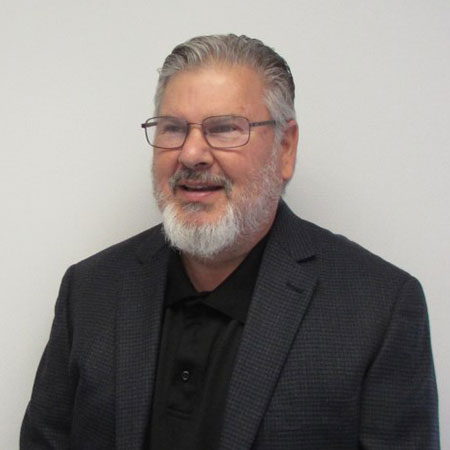In his September “Product Safety” column in LD+A, Jerry Plank discusses what can go wrong when manufacturers set about selecting a Nationally Recognized Testing Laboratory (NRTL). An excerpt follows here:
Lighting manufacturers have many choices today when choosing what NRTL will conduct compliance investigations for their products. As always, the more choices there are, the more a careful approach is required to ensure the goals set forward by the manufacturer are achieved. We’ve all heard horror stories of product safety investigations that go wrong, thereby costing manufacturers time and money; however, with a little preparation manufacturers can save time, funds and aggravation by forging a strong marriage with their NRTL. The alternative can be disastrous, as the following example shows how one relationship with an NRTL went horribly wrong.
A fairly new lighting manufacturer in Europe submitted a series of low-voltage LED recessed lighting products to an NRTL in Europe to have safety investigations conducted to the applicable ANSI/UL standard(s). The manufacturer knew the electrical safety system in the U.S. is often considered voluntary, but without a proper NRTL Listing label affixed to a lighting product, it is almost a certainty that installations would be rejected by the AHJ (Authority Having Jurisdiction).
The manufacturer did due diligence, interviewed several European NRTLs, and chose one based on timing and costs to maintain the safety file. Since the NRTL had an office close to their factory, they could eliminate problems with currency exchanges, travel expenses and cultural differences. Sounds good so far.
The manufacturer also assumed that all NRTLs are verified by the Occupational Safety and Health Administration (OSHA) so the work performed by any NRTL must be the same. It should be noted that most manufacturers are of the belief that all NRTLs are identical, except for charges, time required for the investigation and follow-up charges for factory inspections. Nothing could be further from the truth.
The lighting manufacturer in question received the safety approvals from the NRTL and applied the NRTL label required to the products specified in the testing reports. The newly labeled products were then shipped to the jobsite in the U.S. for installation by a qualified electrician. However, the AHJ quickly rejected the recessed low-voltage, LED lighting products, as the label applied to the products was a “Recognized Component” label and not a “Listed” label. The difference between a product labeled Listed vs. Recognized is drastic when that product is installed in the field.
For example, both the CEC (Canadian Electrical Code) and the NEC (National Electrical Code) require that electrical products installed in a building must be Listed not just Recognized. Listed products have had all risks evaluated as a system per the applicable safety standard, whereas a Recognized Component evaluation has only determined that the component is suitable but further conditions must be checked in the end product. The manufacturer did not understand what the NRTL was providing, and the NRTL did not advise that a Recognized Component was not permitted by the electrical codes.
NARROW RESPONSIBILITIES
In order to try to answer why the manufacturer provided products that were not code-compliant, we must look at exactly what OSHA looks for in an NRTL. First, OSHA recognizes (not to be confused with Recognized Component) laboratories as NRTLs after an assessment is made of the laboratory. OSHA checks that the laboratory 1) has the capability to test and evaluate products for compliance to ANSI/UL standards, 2) has adequate controls to identify certified products, 3) has ability to conduct follow-up inspections at the manufacturers factory to ensure products have not changed from that evaluated, 4) is completely independent from the customers they service and 5) has procedures for producing its findings and for handling complaints and disputes.
OSHA reviews the NRTL to the legal requirements in Section 29 CFR 1910.7, but does not require the NRTL to be knowledgeable or experienced in the various industries served. As a matter of fact, the NRTL personnel cannot provide or suggest improvements on how a non- compliant area or failing performance test can be remediated.
To avoid costly mistakes in NRTL selection, manufacturers need to assess which laboratory will serve their needs best. Manufacturers should not assume that OSHA recognition means that all laboratories have the same knowledge base of their products or that the laboratory will deliver the same level of service. While a local NRTL may seem like a wise choice for various reasons, the best choice may be an NRTL located in the market where you wish to ship and one that has worked with and supports the AHJs.
September 2016


